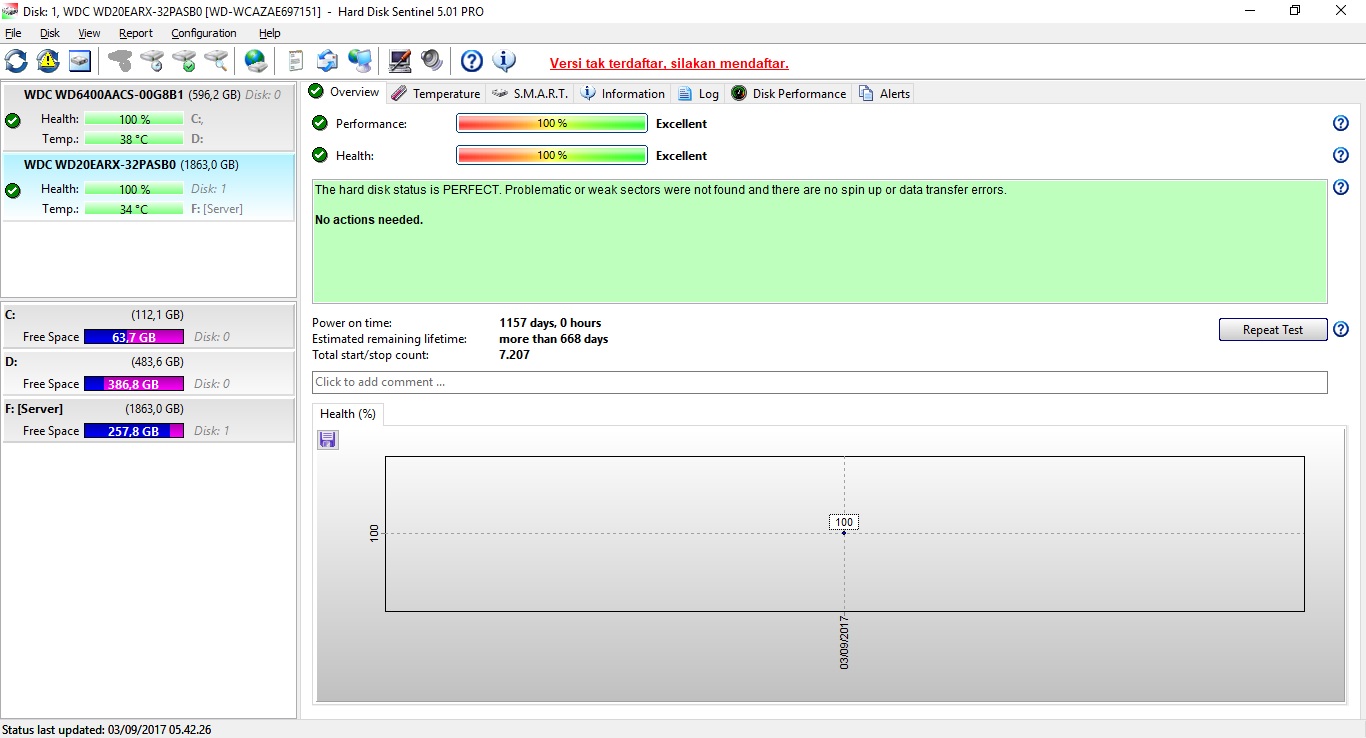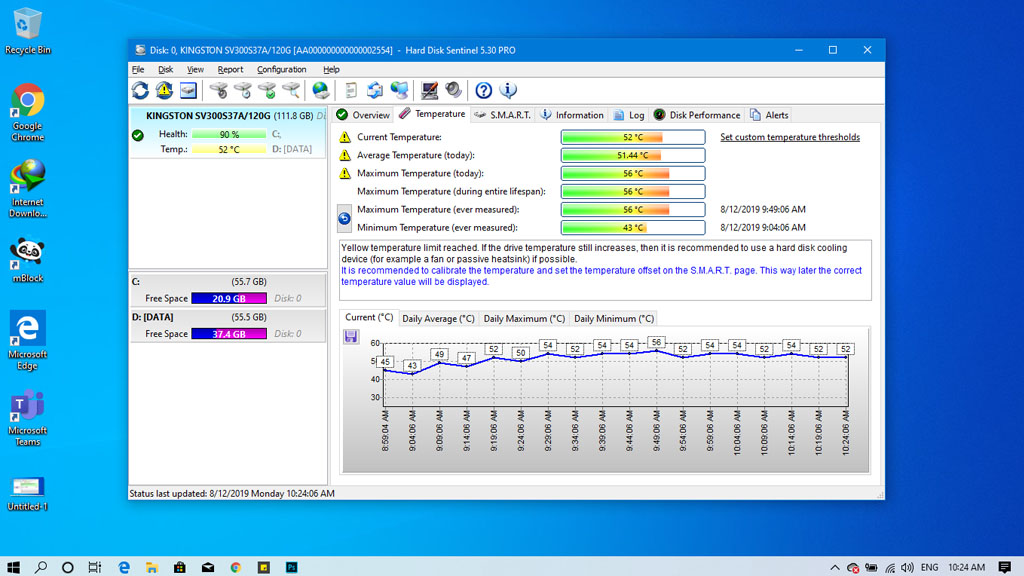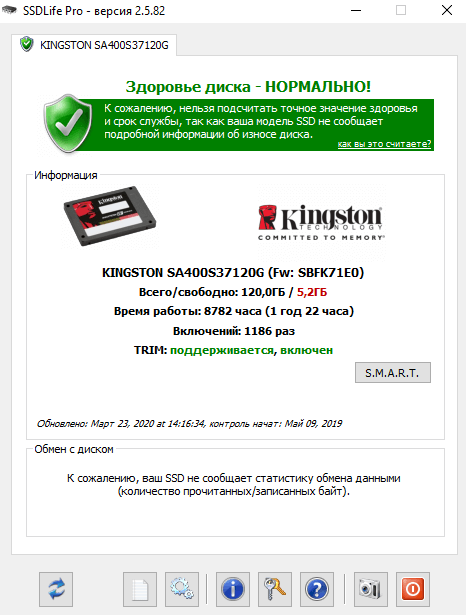

The storage type MLC saves two bits per storage cell, the TLC type three bits per cell and the SLC type only one bit.

These names already adumbrate the difference.

Three SSD storages are available: Single Level Cell (SLC), Multi Level Cell (MLC) and Triple Level Cell (TLC). If you deal with the expected life span of an SSD, you first have to have a look at the variable storage types of SSD drives. Someone who aks this question in relevant internet forums, mostly gets a variety of most diverse opinions. Some years have passed and new chips and procedures have immensely improved the technology. However, the development of SSD technology hasn’t stagnated since then. (Backblaze, at $5/month for unlimited backup space, is a remarkably good deal.In fact, the starting times of SSD drives weren’t easy: The first SSD storages suffered from firmware problems and decreases of power. After 36 months, though, you should definitely back up your data, or copy the data to a new hard drive. Your home computer probably isn’t powered up 24/7, and thus the drives may last longer.īecause there’s a 5.1% chance that your drive will die in its first year, you should either back up your data regularly - or, if you’re feeling dangerous, not keep any valuable data on that drive until it’s worked out any kinks and survived to the 18-month mark. It’s also worth mentioning that Backblaze’s drives are spinning constantly - these failure rates are for drives that are turned on 24/7. It’s worth noting that these figures are for internal hard drives: External hard drives, for a large number of factors, may not last as long (though if you only plug it in every few days to back your data up, it might last longer). If your drive makes it to the three-year point, you would be wise to back up your data, as there’s a 12% chance per year that your drive will die. So, there you have it: If you buy a hard drive today, there’s a 90% chance that it will survive for three years. We’re only guessing here, but enterprise-class drives probably don’t have the same year-one infant mortality rate, but still die off fairly quickly once their moving parts start to wear out (4+ years). In the case of enterprise-class hard drives with five-year warranties, they are probably manufactured to higher tolerances and subjected to more stringent quality assurance testing.

Hard drive failure rate, by quarter, for the first four years Considering around 97.5% of these drives are still alive after one year, and about 90% are alive after three years, these warranties are probably spot-on. It’s worth noting that Backblaze uses normal, consumer-level drives - the kind of drives with 12- or 36-month warranties. Then, as the drive moves into its fourth year, failure rates skyrocket as drives start to wear out - the various components can only rotate, gyrate, and actuate so many times before something goes sprronngggg. Between 18 and 36 months, drive deaths are caused by random failures - small, random issues that only occur if you’re unlucky. This describes the lemon effect - where, despite most of your drive live for years, some just die after a few months. Failures in the first year are primarily caused by manufacturing defects. There are three distinct failure phases - and, correspondingly, three distinct ways in which hard drives die. Hard drive failure conforms to the bathtub curve - a curve that reliability engineers use that neatly illustrates the three distinct phases of a product’s lifecycle Why hard drives die


 0 kommentar(er)
0 kommentar(er)
